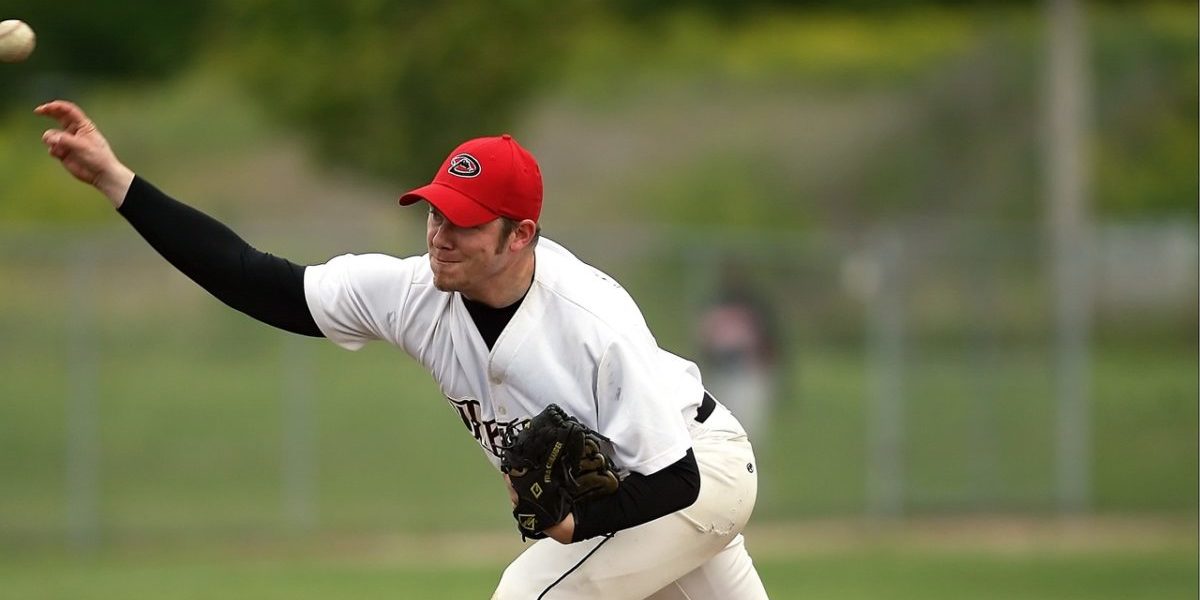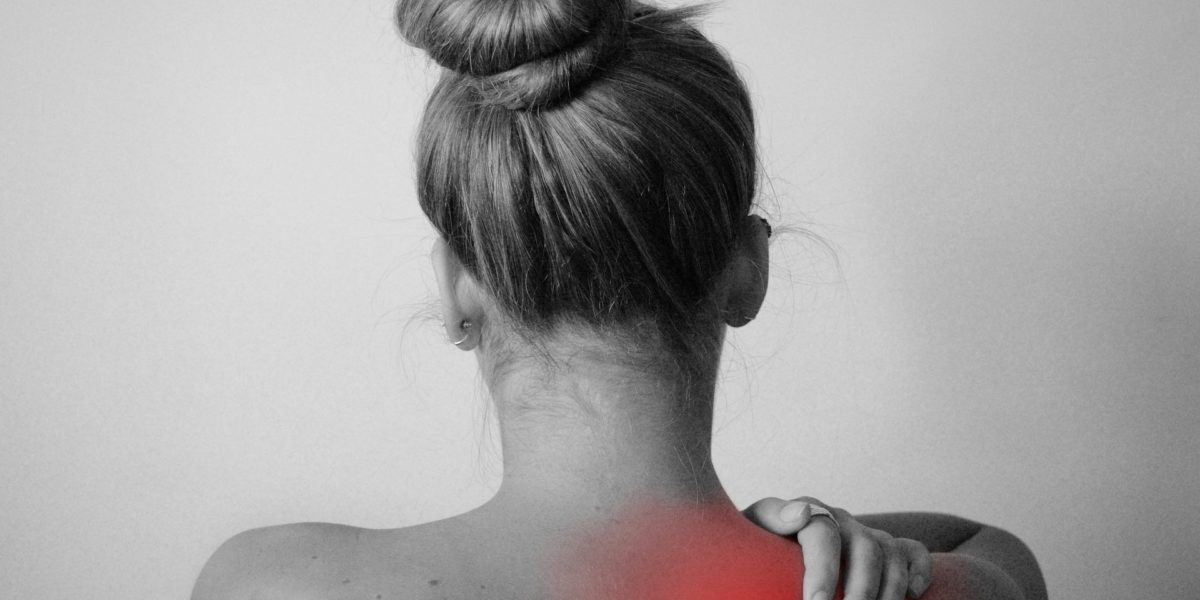It takes a lot to make a professional athlete collapse to the ground during a game. After throwing a pitch on September 14, 2019, Toronto Blue Jays pitcher Tim Mayza knelt on the side of the mound while clutching his arm, expecting the worst. The next day, MRI revealed that what he had feared: Mayza had torn his Ulnar Collateral Ligament (UCL).
Continue reading “What Makes Someone More Likely to Tear Their UCL?”Tag: joints
Canine Hip Dysplasia: What You Should Know
Canine hip dysplasia (CHD) is a degenerative hip disease that tends to develop in large breed dogs, such as the Bernese Mountain Dog, affectionately referred to as Berners. CHD significantly decreases the quality of life of a dog and often leads to complete immobility if left untreated. Experts estimate that about 28% of Berners are affected by dysplastic hips, making them the 8th most susceptible dog breed.
Continue reading “Canine Hip Dysplasia: What You Should Know”Brace yourself… You might need surgery
A surgery? For my PCL? Could be more likely than you think.
Usually hiding behind it’s annoying and commonly ruptured brother the ACL, the PCL (posterior cruciate ligament) is a durable ligament that usually doesn’t cause problems for athletes… until it does.
Continue reading “Brace yourself… You might need surgery”ACL Reconstruction: Which Option Is Best For You?
200,000 ACL injuries occur each year, and ACL reconstruction is the 6th most performed surgery in the United States, so to come back bigger, faster, and stronger, the right recovery path is critical.
Continue reading “ACL Reconstruction: Which Option Is Best For You?”Patellar Tendinitis: The Kryptonite of Jumping Athletes
Volleyball is a sport of quick movements. For hitters, one of the most common movements in the game is the jump, whether that be to block or to hit. Although a higher vertical leads to improvement in game performance, it can increase the risk of developing a serious injury that affects many volleyball players: patellar tendinitis. This condition is associated with pain and tenderness directly below the knee cap that is especially apparent during explosive, jumping movements. But what exactly causes this condition? And what can be done to remedy it?
Continue reading “Patellar Tendinitis: The Kryptonite of Jumping Athletes”Biomechanics of Pitching: Pushing Limits on the Shoulder and Elbow
Aroldis Chapman of the New York Yankees holds the Guinness World Record for the fastest recorded baseball pitch at 105.1 MPH; a record that has held for almost a decade. Why has no one been able to top his record? — An answer to this question may be found in the biomechanical limits of the human shoulder and elbow during the throwing motion.
Continue reading “Biomechanics of Pitching: Pushing Limits on the Shoulder and Elbow”Runner’s Knee: Knee Pain Isn’t Just for Old People
Don’t knee problems only plague old people or people who have run for a lifetime? I questioned this when, for the seventh time in a row, my knee was hurting only a mile and a half into my run. I’m too young for this! However, a plethora of information suggests that knee pain is perhaps not so uncommon in younger runners and athletes as I thought.
Continue reading “Runner’s Knee: Knee Pain Isn’t Just for Old People”The Shoulder: Super Joint or Super Hazard?
The shoulder joint is one of the most incredible joints in the human body. Humans have been recorded throwing 100+ mph fastballs, pressing nearly 600lbs overhead, and performing incredible gymnastics moves. The shoulder is a ball-and-socket joint, and it is by far the most mobile joint in the human body. But this great range of motion comes at the price of being the most unstable joint in the body.
Continue reading “The Shoulder: Super Joint or Super Hazard?”Exciting Advance in ACL Repair
Anterior Cruciate Ligament (ACL) injuries are among the most common in sports, with nearly 100,000 tears annually. Additionally, the rate of pediatric tears has been increasing at a rate of 2.3% each year for the past 20 years. The high incidence of this injury is in part due to the structure of the knee complex, where the ACL is located. The ACL helps connect the two longest bones in the body and is responsible for rotation and transferring body weight to the ankle. Specifically, the primary functions of the ACL are to prevent the tibia from sliding too far in front of the femur and to provide rotational stability to the joint. This rotational motion, combined with a lack of muscle support at the knee, is why so many athletes tear their ACL. A recent paper looked into how a team of doctors led by Dr. Martha Murray at Boston Children’s Hospital have come up with a promising new approach to repairing the injured ligament.
Continue reading “Exciting Advance in ACL Repair”High Heels: How They Can Affect You Even After You Take Them Off
Anyone who has worn high heels, or has even simply seen a person in high heels, knows that the foot is definitely not in its usual position in that kind of shoe – walking is more difficult and forget about even trying to run in high heels. Researchers from Manchester Metropolitan University and the University of Vienna wanted to investigate if frequent, long term use of high heels caused lasting changes in the calf, in addition to the normal discomfort experienced by high heel wearers.
Continue reading “High Heels: How They Can Affect You Even After You Take Them Off”








